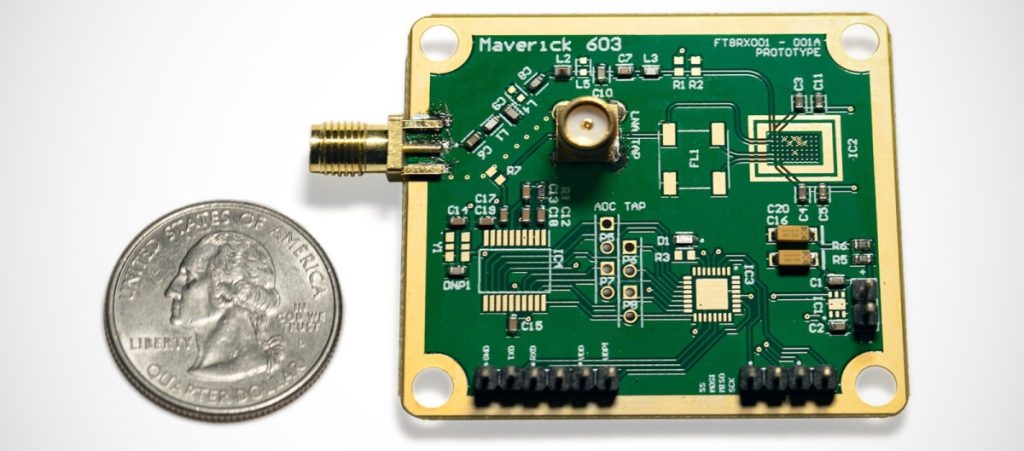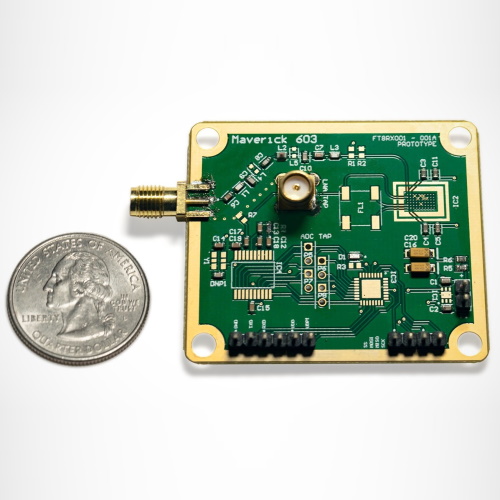Good Grief! I can’t believe it’s 2023. I’m not ready. I haven’t got a speech prepared and I don’t have a thing to wear. I hope you had a wonderful holiday break with family and friends. For myself, I was originally hoping to take a 4-day weekend around Christmas Day followed by a repeat performance around New Year’s Eve.
Unfortunately, the former was not to be (too much work and not enough time—sad face). Happily, the latter did come to pass (happy face), but it was over before I knew it (bemused face). Now it’s time to plunge headfirst back into the fray full of vim and vigor (I’m sure I have some V&V around here someplace).
Did you get to see anything interesting on television over the holiday? Based on a recommendation from a Turkish friend, I watched the first two episodes of a Turkish science fiction series called Hot Skull on Netflix. This is set in a dystopian future world two years after the start of an epidemic called the Jabber that spreads through verbal communication. People who are infected start saying nonsensical things (jabbering) while losing their grip on reality (I know the feeling), and those who hear them are quickly infected. As a result, everyone is obliged to wear sound-blocking earmuffs when they are outside their apartments. I can’t wait to see Episode 3 as soon as I get a free moment.
Also, my wife (Gina the Gorgeous) and I watched the first two episodes of a five-part series called Treason on Netflix. This is a gripping drama revolving around an MI6 agent in the UK who… but I don’t want to give anything away. (FYI MI5 and MI6 in the UK are the equivalents to the FBI and CIA in the USA. James Bond works for MI6.) Suffice it to say that very early in the program our hero is told he shouldn’t trust anyone, and—thus far—this has proved to be sound advice. All I can say is that this will have you perched on the edge of your seat exclaiming “No! It can’t be!”
Gina and I also got to see The Muppet Christmas Carol for the first time. I can’t believe we haven’t gotten to see this 1992 movie classic before. This extravaganza stars Kermit the Frog as Bob Cratchit, Gonzo the Great as Charles Dickens, and Fozzie Bear as Fozziwig (the owner of a rubber chicken factory), along with Michael Caine in a supporting role as Ebenezer Scrooge. To be honest, I think this Muppet musical turned out to be a better production than the 1999 version of A Christmas Carol starring Patrick Stewart.
As a little stocking stuffer, Gina gave me a DVD of the feature film Lyle, Lyle, Crocodile. It turns out that this is loosely based on a popular children’s book about a crocodile that lives in New York City. This is a must see for kids of all ages (I loved it).
Gina and I also really enjoyed The Flight Before Christmas claymation movie featuring Shaun the Sheep, and we were blown away by the Storks animated movie, both of which we found on Netflix.
When I think back to when I was a little lad in England circa the very early 1960s and my parents rented a black-and-white television, the height of sophistication in kids programming at that time was Bill and Ben the Flowerpot Men.
In those long-lost days of innocence, I absolutely believed that Bill and Ben—and their friend Little Weed—were real living creatures. I cannot imagine what today’s young kids think about photo-realistic 3D animations like Storks. Of course, storks have been associated with babies for centuries, including ancient Greek and Egyptian mythology. All I can say is that, by the end of this movie, I was almost prepared to believe that babies are delivered by storks myself.
Speaking of babies, I was just chatting with Colby Gilbert, who is the Founder of RadioStack. Colby is on a mission to build products “from silicon to software” with open-source tools, and his current baby (did you see what I just did there?) is the Maverick-603, which is billed as “The first affordable, FT8 receiver with an open-source RF chip designed and fabricated using open-source chip tools.”

Maverick-603 FT8 receiver with open-source RF chip (Source: RadioStack)
Since I’m not a ham radio expert, my first question was “What is an FT8 receiver?” I found a rather useful description on the Wikipedia, which spake as follows:
FT8 or Franke & Taylor 8 is a frequency shift keying digital mode which was released on June 29, 2017, by the creators Joe Taylor, K1JT and Steve Franke, K9AN along with the open-source software package WSJT. FT8 is a popular form of digital weak signal communication used primarily by amateur radio operators to communicate on amateur radio bands with a majority of traffic occurring on the HF amateur bands. It is currently the most popular digital mode on spotting networks such as PSK Reporter. The mode offers operators the ability to communicate in unfavorable environments such as during low sun spot numbers, high RF noise, or during low power operations. With advances in signal processing technology FT8 is able to decode signals with a signal to noise ratio as low as −20 dB, which is significantly lower than CW or SSB transmissions. The mode works by sending signals in 15-second-blocks with 12.64 seconds of transmission time and 2.36 seconds of decode time; this gives the mode five words per minute effective transmission. The mode requires each computer to be synced up in time with each other with most users making use of either NTP or GPS to ensure transmissions fall in the proper window. This allows FT8 transmission to support up to 13 characters, the mode uses forward error correction to ensure proper transmission and decoding. As the mode is quite limited in the number of words that it can send, it only sends enough information to ensure a contact with each station. There are multiple uses for FT8 including contesting, testing antennas, and for scientific research.
Of course, this opened all sorts of rabbit holes to fall down, such as the ones with the big signs saying “What is WSJT?” and “What is PSK Reporter?” In this case, all I can say is “beware” because, if you aren’t careful, you could spend days trying to wrap your brain around all of this.
In order to develop their RF chip, in addition to open-source tools like Magic VLSI, Klaoout, and Xschem, the folks at RadioStack also made use of Efabless, which provides a browser-accessible, cloud-based, one-stop chip design ecosystem for designers and customers to collaboratively define, develop, and commercialize chips (see also A New IC Design Model by Bryon Moyer here on EE Journal). When it came to fabrication, the guys and gals at RadioStack used a 130nm process from SkyWater Technology. Based in Bloomington, Minnesota, SkyWater is the only US-owned pure-play silicon foundry.
I’m delighted to be able to inform you that the Maverick-603 Crowd Supply project has exceeded its funding goal and—as I pen these words—the Maverick-603 is available for pre-order for $149 (plus shipping).
On the one hand, you may think this is a tad expensive for an FT8 receiver, not least that you will also need a digital computer like a PC or a Raspberry Pi. It’s certainly true that you can pick up cheaper offerings, like a Realtek Software Defined Radio (RTL-SDR) presented in the form of a USB dongle for around $30, but I think that’s missing the point.
The real point here is that a small company like RadioStack can use open-source tools to design a custom integrated circuit, and they can work with folks like Efabless and Skywater to bring this chip to life. Personally, I think we should applaud and support their efforts in the hope that other small companies follow suit.
While I think about this, I’m going to suggest to Colby that he and his colleagues write a “How-To” book that walks the rest of us through the entire process from conception to realization. What say you? Do you have any thoughts you’d care to share on any of this?






Hi Max
Some while ago, I did some work for a UK company that has been producing open source RF chips since 2009. It was the world’s first company to integrate a full SDR and is called Lime Microsystems (https://limemicro.com/). They offer both the devices and SDR boards for sale. These are actually highly capable devices and boards, and being open source hardware allow those clever RF gurus to use them in all sorts of amazing ways. However, I don’t know for certain, but I guess Lime used commercial tools for the chip design rather than open source design tools.
There is a range of SDR boards starting at $159 (https://www.crowdsupply.com/lime-micro/limesdr-mini#products) ranging up to a full software-enabled network-in-a-box based on LimeSDR that forms an open source small cell.
Hi Paul — it’s great to hear from you as always — you make a good point about the hardware from Lime Microsystems being open-source (and they really do have some awesome products) — but, like you, I’m guessing they used commercial tools to design their devices.